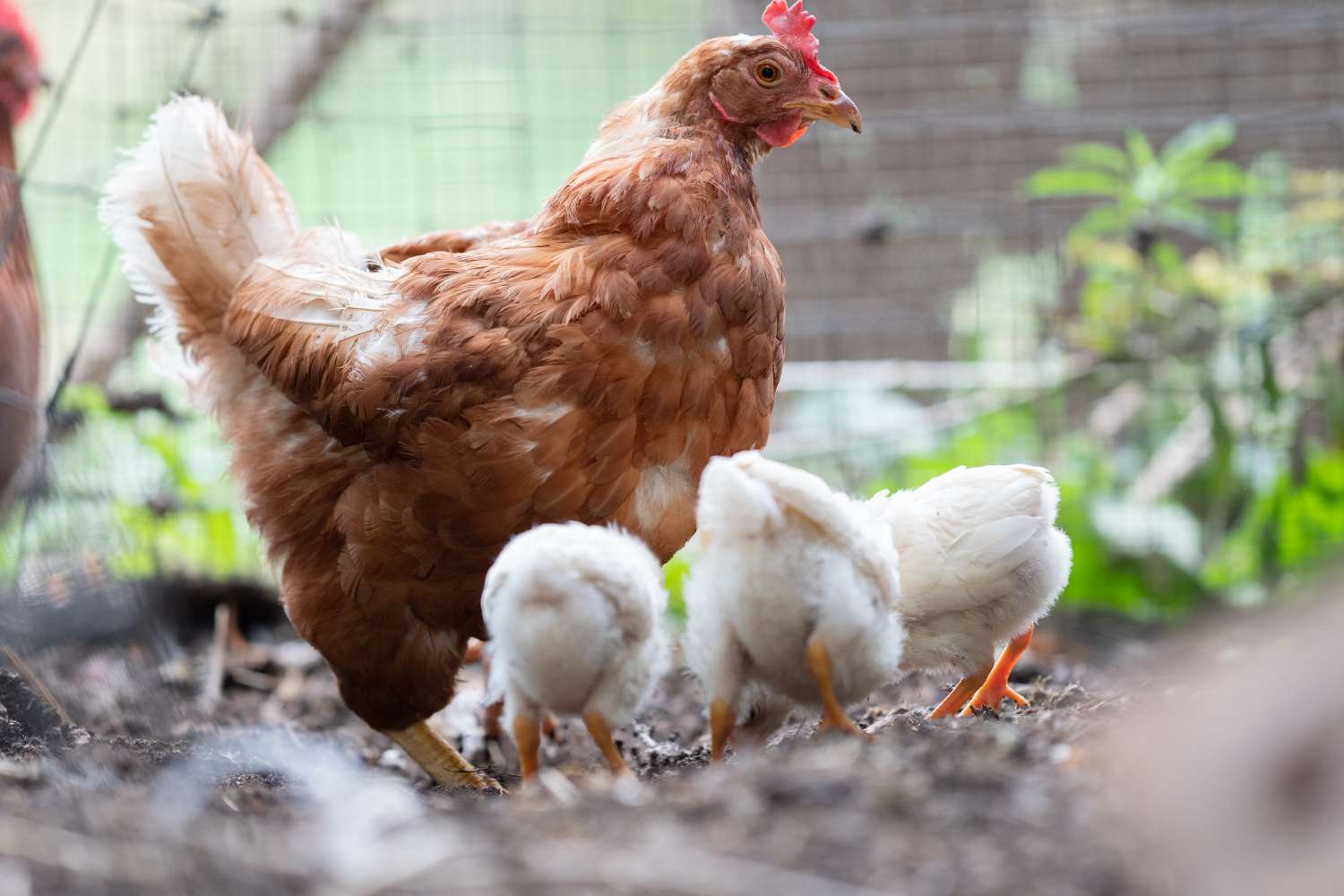Chickens are among the most widespread and important animals in human history. They play a critical role in agriculture, culture, and even religion across the globe. With over 25 billion chickens on Earth at any given time, they far outnumber any other species of bird. While many see chickens simply as a source of food, there is so much more to these fascinating creatures. This article will explore the biology, behavior, and cultural significance of chickens, revealing the complexity of a bird often taken for granted.
The Origins and Domestication of Chickens
Chickens are believed to have originated in Southeast Asia, where their wild ancestor, the red junglefowl (Gallus gallus), roams the forests. This small, colorful bird has contributed significantly to the genetics of the modern chicken. Domestication of chickens began approximately 8,000 years ago, with early evidence pointing to northern China, Southeast Asia, and India as key regions where this process took place.
Domesticated chickens spread across the world with early human migrations and trading routes. By 1500 BC, chickens had reached Egypt, and they were introduced to Europe by the Greeks and Romans around 800 BC. Today, chickens are found in almost every corner of the world, from industrial farms to small backyard flocks, thanks to their adaptability and the role they play in food production.
Chicken Anatomy and Physiology
A chicken’s anatomy is specialized for its survival and role as both a predator and prey animal. Chickens have a keen sense of sight and can see a broader range of colors than humans, including ultraviolet light. This allows them to detect subtle changes in their environment, which can be useful for finding food and avoiding predators.
Chickens are also excellent foragers, with strong legs and feet adapted for scratching the ground to uncover insects, seeds, and other food sources. Their digestive systems are highly efficient, allowing them to extract nutrients from a wide variety of food types. The crop, a storage pouch in their throat, allows them to eat quickly and digest later in a safe location.
Perhaps one of the most iconic aspects of a chicken’s biology is its ability to lay eggs. A hen can produce eggs regularly, typically laying one egg per day during peak production. This reproductive capability has made chickens indispensable for human societies as a source of both meat and eggs.
Chicken Behavior and Social Structure
Chickens are highly social animals, with complex hierarchies and behaviors that govern their interactions within a flock. The term “pecking order” comes directly from the way chickens establish social dominance. Within a flock, there is a clear hierarchy, with more dominant birds asserting their position through pecking and other forms of physical intimidation. The most dominant chickens have first access to food, water, and nesting areas.
Chickens also exhibit a range of vocalizations, with over 30 different sounds identified, each with a specific meaning. They communicate with one another to signal danger, express comfort, or call to their chicks. Hens have a unique clucking sound they use to encourage their young to follow them, while roosters crow to mark their territory and alert the flock to potential threats.
Chickens are also capable of learning and remembering. They can recognize up to 100 individual faces, including humans, and form close bonds with other members of their flock. Studies have shown that chickens are capable of empathy, as hens will often become stressed when their chicks are in distress.
The Role of Chickens in Human Culture
Beyond their biological and behavioral traits, chickens have a long history of cultural significance. In ancient times, chickens were often associated with religious rituals and symbolism. In Hinduism, the rooster is considered a sacred animal and often appears in religious art and iconography. Similarly, the ancient Greeks believed chickens to be sacred to the god Ares, representing courage and bravery.
In more recent times, chickens have been central to many traditional practices around the world. They play a key role in rural economies, especially in developing nations, where they are often kept for food security. In some cultures, chickens are used in ceremonial practices, such as the cockfighting traditions in parts of Southeast Asia and Latin America, although this practice is controversial due to animal welfare concerns.
Chickens have also made their way into popular culture, from nursery rhymes like “Hickety, Pickety, My Black Hen” to iconic characters like Foghorn Leghorn from Looney Tunes. They are frequently depicted in art, literature, and even as symbols of home and hearth in advertisements.
The Global Poultry Industry
The role of chickens in the global food system cannot be overstated. Chickens are the most widely consumed meat on the planet, and chicken eggs are a staple food for billions of people. In many parts of the world, chickens provide a critical source of protein at an affordable cost. The poultry industry is a massive global enterprise, with major producers located in countries like the United States, Brazil, and China.
However, the industry has come under scrutiny for its environmental and ethical impacts. Large-scale industrial farming practices, often referred to as “factory farming,” have raised concerns about animal welfare, with chickens kept in cramped, unsanitary conditions. Additionally, the environmental toll of intensive chicken farming, particularly the use of feed crops and water resources, is significant.
In response to these concerns, there has been a growing movement toward more sustainable and humane farming practices. Free-range and organic farming methods, which allow chickens to roam freely and exhibit natural behaviors, are gaining popularity. These methods aim to provide better quality of life for the chickens while also reducing the environmental impact of poultry farming.
Conclusion
Chickens are much more than simple barnyard animals. From their biological adaptations and social behaviors to their deep cultural and economic importance, chickens are a fascinating and integral part of human life. As we continue to explore more sustainable ways to raise and care for them, chickens will remain at the heart of agriculture and food production, connecting people across the globe through a shared reliance on this remarkable bird.



